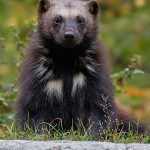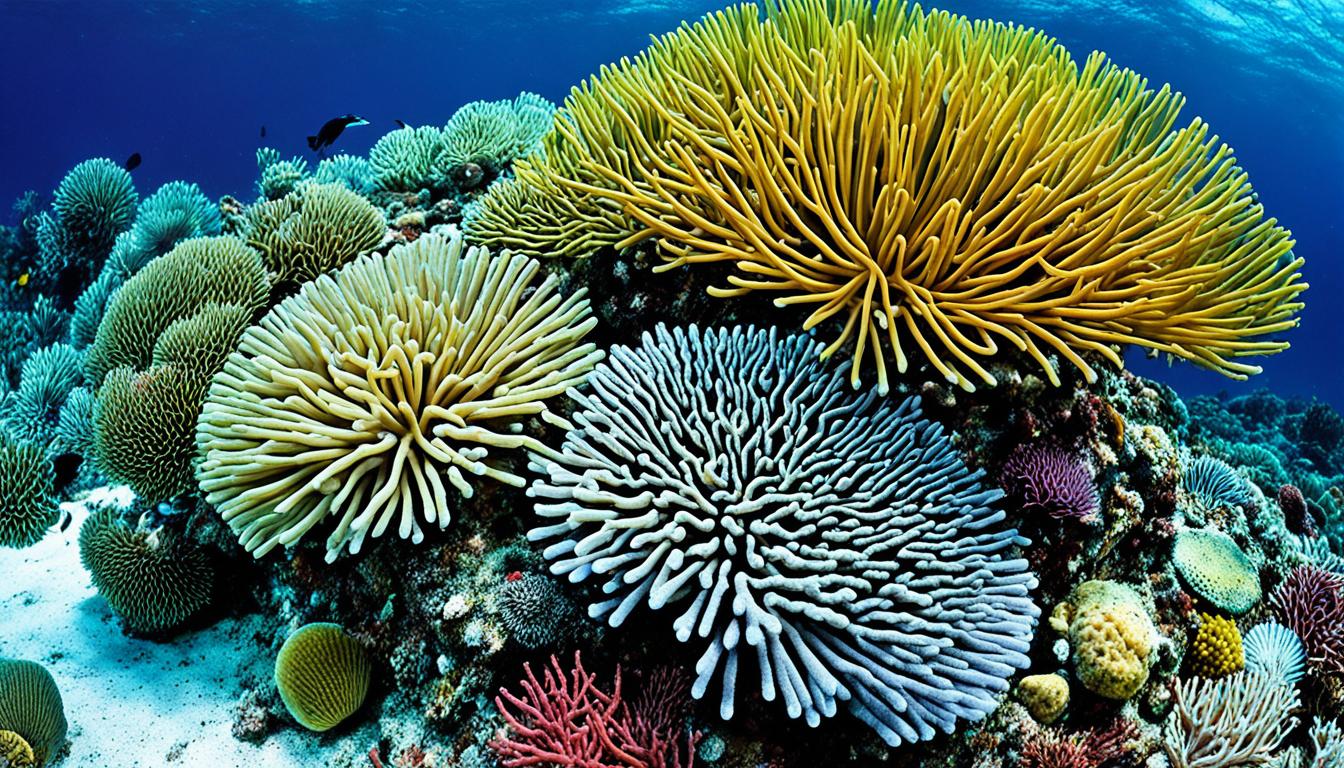Pre-Settlement Bison Population
Bison demographics pre-settlement
Before the arrival of Western settlers, the North American continent was home to a thriving population of bison. These majestic creatures roamed the grasslands, forests, and prairies in vast numbers, forming an integral part of the ecosystem. Estimates suggest that the bison population on this landmass numbered in the tens of millions.
The role of bison in the ecosystem
Bison played a crucial role in maintaining the ecological balance of the North American continent. As grazers, they shaped the landscape by thinning out vegetation, which allowed for the growth of diverse plant species. Their trampling also aided in seed dispersal, contributing to the renewal of grasslands. Furthermore, their nutrient-rich droppings served as natural fertilizers, supporting the health of the soil and promoting the growth of other organisms.
The Arrival of the Western Settlers
Who were the settlers?
The Western settlers were primarily European immigrants who came to North America in the 16th and 17th centuries. They sought new opportunities, including land ownership and resources that the continent offered. These settlers brought with them their culture, technology, and a desire for exploration and expansion.
Initial interactions between settlers and bison
When the Western settlers first encountered bison, they regarded them with awe and curiosity. However, as time went on, their perception of bison shifted. The settlers realized the economic potential of bison resources and the land they occupied. This realization ultimately led to a profound impact on the buffalo populations.
The Impact of Hunting
Popularity and reasons for bison hunting
Hunting bison quickly gained popularity among Western settlers due to the lucrative fur and hide trade. Bison fur was highly sought after for its warmth and durability, while their hide was used for making clothing, blankets, and other essential items. Additionally, bison meat provided sustenance for the growing settler population, further driving the demand for hunting.
Hunting techniques used by settlers
Settlers employed various hunting techniques to capture and kill bison. They often utilized firearms, such as muskets and later rifles, which increased hunting efficiency. Another popular method was the surrounding and herding of bison off cliffs, known as the “buffalo jump.” This technique allowed settlers to harvest large numbers of bison in a single event.
The effect of mass hunting on bison populations
The mass hunting of bison by Western settlers had a devastating impact on their populations. The sheer number of bison that were killed for their resources led to a rapid decline in their numbers. Many settlers engaged in indiscriminate and unsustainable hunting practices, resulting in a significant imbalance in the ecosystem and a severe threat to the survival of the bison.
The Role in Settler Livelihood
Use of bison for food by settlers
Bison played a vital role in sustaining the livelihoods of Western settlers. The settlers used every part of the buffalo for food, wasting nothing. Bison meat became a staple of their diet, providing a rich source of protein. They also utilized organs and bones to make nourishing soups and stews, ensuring that no part of the animal went to waste.
Use of bison hide and bones in settler industries
The settlers found immense value in bison hide and bones for industrial purposes. Bison hide held a prominent place in the fur trade, with settlers exporting it to Europe and other parts of the world. The durable nature of bison bones made them ideal for creating tools, weapons, and even household items like utensils and decorations. The bison’s contribution to settler industries cannot be understated.
Legislative Policies and Bison Hunting
Settler policies regarding bison hunting
As the bison population continued to decline, Western settlers recognized the need for regulation. Legislation was enacted to control and manage bison hunting. Settlers were required to obtain licenses and adhere to specific hunting quotas. However, the effectiveness of these policies varied greatly, with some settlers continuing to ignore regulations and hunting bison indiscriminately.
Effect of these policies on bison populations
While legislative policies were a step towards mitigating the impact of hunting, their implementation was often flawed. The regulations imposed by settlers could not fully halt the decline of bison populations. The demand for bison resources remained high, and enforcement of hunting regulations proved challenging, leading to a continued threat to the survival of the species.
Impact on Native American Tribes
Native American relationship with bison
Bison held deep cultural and spiritual significance for Native American tribes. These tribes revered the bison as a symbol of strength, sustenance, and interconnectedness with nature. They utilized every part of the bison for their survival, honoring and respecting the animals they hunted. The sustainable hunting practices of Native Americans ensured the preservation of both the bison population and the ecosystem they inhabited.
Effects of dwindling bison populations on tribal life
The decimation of the bison population had a profound impact on Native American tribes. Their traditional way of life, which relied on the sustainable use of bison resources, was disrupted. The loss of bison as a primary food source, material for clothing and shelter, and a spiritual symbol caused immense hardship and forced the tribes to adapt to new circumstances.
Near Extinction of the Bison
Numbers and state of bison population at the brink of extinction
By the late 19th century, the bison population was on the brink of extinction. From millions of bison roaming freely, their numbers dwindled to a mere few hundred individuals. The bison’s ecological, cultural, and economic importance had been gravely diminished. Their survival as a species was in jeopardy.
Factors contributing to near extinction
Multiple factors contributed to the near extinction of the bison. Intensive hunting for their hides and fur, habitat loss due to encroachment of settlers, and the spread of diseases brought by domesticated livestock, such as bovine tuberculosis, all played a significant role. The combination of these factors caused a catastrophic decline in the bison population, pushing them to the brink of extinction.
Conservation Efforts
Early efforts in bison conservation
Recognizing the imminent loss of this iconic species, a few individuals and organizations took up the cause of bison conservation in the late 19th and early 20th centuries. These early pioneers worked tirelessly to establish protected areas and breeding programs, aiming to restore the bison population. Their efforts set the foundation for future conservation strategies.
Modern bison conservation strategies
In the present day, bison conservation efforts have expanded significantly. Numerous national parks, reserves, and private initiatives focus on the preservation and restoration of the species. Captive breeding programs and reintroduction projects have successfully increased the bison population, allowing them to once again occupy their historic range.
Impact of conservation on bison population
Conservation efforts have shown promising results, allowing the bison population to rebound from the brink of extinction. However, the numbers have not reached their pre-settlement levels. The impact of these efforts extends beyond the survival of the species, contributing to the restoration of ecosystems, the preservation of cultural heritage, and the recognition of the bison’s vital role in maintaining biodiversity.
The Bison Today
Current status of bison population
Today, the bison population has recovered significantly from its near-extinction. The North American continent once again sees bison roaming across the vast landscapes. While they may never reach the numbers of their pre-settlement era, these resilient creatures continue to thrive and contribute to the ecosystems they inhabit.
Role of bison in modern ecosystems
Bison continue to play a critical role in modern ecosystems. Their grazing habits shape vegetation growth and maintain the diversity of plant species. Their wallows and trampling activities create habitat variations that support numerous other organisms, including birds, insects, and smaller mammals. The presence of bison is vital for maintaining the health and resilience of these ecosystems.
Lessons Learned
The effects on the bison as a reflection on human impact
The impact of Western settlers on the bison population serves as a stark reminder of the consequences of human actions on wildlife. Indiscriminate hunting, habitat loss, and disregard for sustainable practices led to the near eradication of a species that once flourished. This history highlights the importance of responsible stewardship and conservation efforts to prevent further ecological damage.
Applying this history to current wildlife conservation strategies
The lessons learned from the impact on the bison population have guided contemporary wildlife conservation strategies. These strategies emphasize the importance of sustainable resource use, habitat preservation, and the recognition of the inherent value that wildlife brings to ecosystems. By incorporating these lessons into conservation efforts, we can work towards a future where species, like the bison, can thrive alongside human populations.










